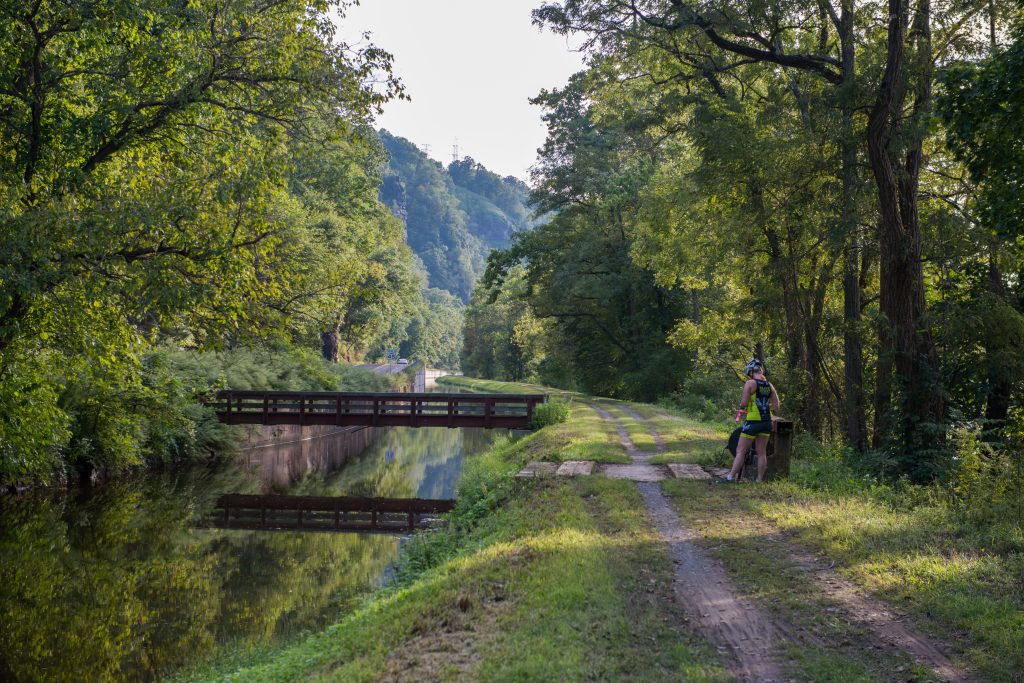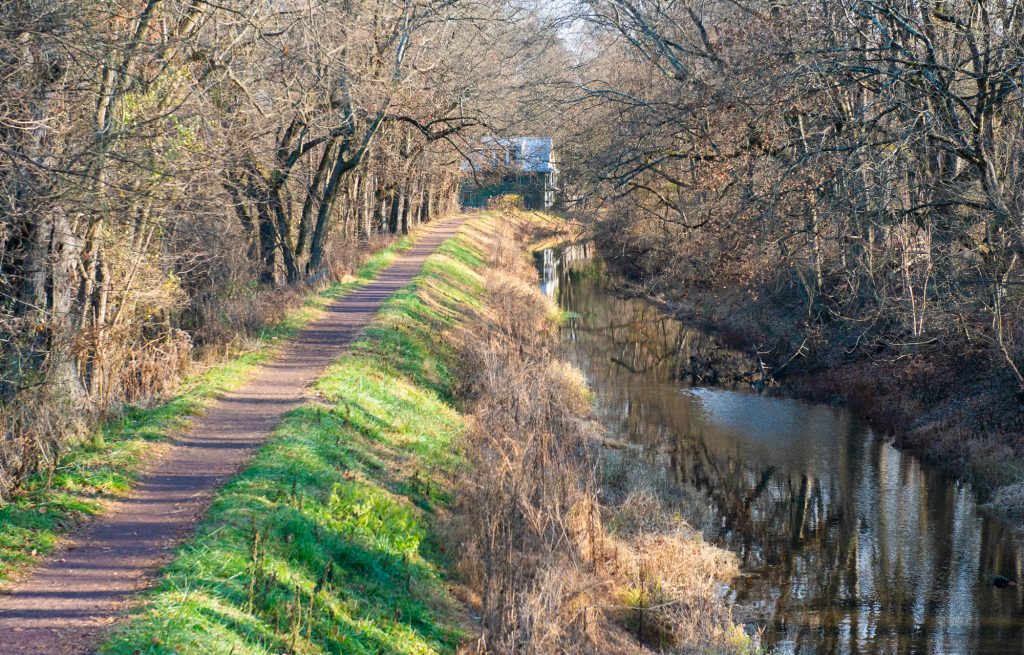
Non-profit makes strides to restore the Delaware Canal
| February 29, 2024
A nonprofit group has taken steps toward its goal of restoring the Delaware Canal by securing a $75,000 grant and publishing a report about developing a sustainable funding model for the canal’s future.
The 192-year-old Delaware Canal was built during the days of the Industrial Revolution to transport coal from Northeast Pennsylvania to cities on the East Coast.
“It started out as a commercial enterprise, but in the 21st century the canal has developed a different significance to the community, as a natural resource and a draw for tourists,” said Doug Dolan, executive director of the nonprofit, Delaware Canal 21.
Today, the 60-mile canal, which runs from Easton to Bristol, Pa., hosts sightseeing and recreation, generating an estimated $10.8 million annually in tourism for Northampton and Bucks Counties, which are home to the canal.
There’s a towpath trail that people walk, hike and bike and it is also open to horseback riders.
In the winter, when conditions permit, visitors can skate on the frozen canal and the towpath trail is used by cross-country skiers.
Limited stretches of the canal are available for canoeing and kayaking trips when the water flow is sufficient. Dolan said in a future where the water level of the canal is better regulated, boating opportunities could be expanded.
Report addresses funding and repairs
Maintenance of the canal is the purview of Pennsylvania’s Department of Conservation and Natural Resources but the agency’s limited budget cannot keep up with the canal’s aging infrastructure and the damage caused by inconsistent water levels.
When stretches of the canal are not watered, its clay liner can crack and erode, resulting in structural damage that can worsen.
In late 2022, Delaware Canal 21, working with the department and Econsult Solutions, a Philadelphia-based economic consultant firm, published “A Delaware Canal for the 21st Century.”

The study quantified the cost of canal repairs, estimated the economic benefits of the canal and proposed a permanent stewardship model that would oversee the canal’s future.
“The study laid out a comprehensive, holistic plan for us to face the challenges in front of us,” Dolan said.
Delaware Canal 21 proposes that Pennsylvania establish a Delaware Canal Improvement District to supervise the canal.
The district would be a special services district, a government entity that exists independently of state and local governments.
Special services districts are typically created to perform a specific function or set of functions, which, in this case, would include convening public and private canal stakeholders, developing a strategy for the future maintenance of the canal and applying for government and philanthropic grants.
The report proposes that the canal become a recipient of stormwater management fees levied on neighboring municipalities given that the Delaware Canal has become a part of stormwater management infrastructure, taking in runoff from nearby streams. The report also proposes levying a canal benefit fee on nearby properties.
“The critical thing is the thinking has to move away from making certain fixes and then walking away,” Dolan said. “The canal’s got to continue to be maintained and taken care of and that’s where the [special services district] would come into play.”
Five-year plan
Once established, a special services district could put the study’s proposed five-year, $96 million plan to restore the Delaware Canal into action.
The plan, developed by the engineering firm eDesign Dynamics, consists of a variety of critical repairs, include installing new retaining walls, replacing damaged hydraulic structures and restoring the canal’s clay liner.
In 2023, Delaware Canal 21 was the recipient of a $75,000 state grant, which it will put toward a series of projects meant to demonstrate the effectiveness of a public/private partnership of a special services district.
Delaware Canal 21 has applied for several additional grants, hoping to raise a total of $500,000 to advance priority projects to make them eligible for federal funding under the Infrastructure Investment and Jobs Act, and addressing several hydraulic problems that would make it easier to regulate the flow of water through the canal.
Dolan pointed to the Delaware and Raritan Canal State Park, which state officials identify as central New Jersey’s most popular recreational corridor, as an example of the value a fully watered and operational Delaware Canal could have to its community.







